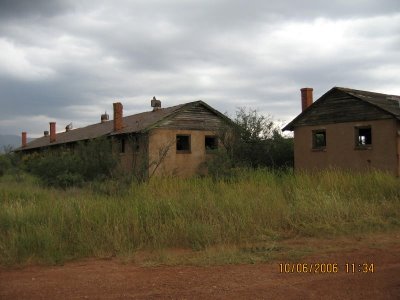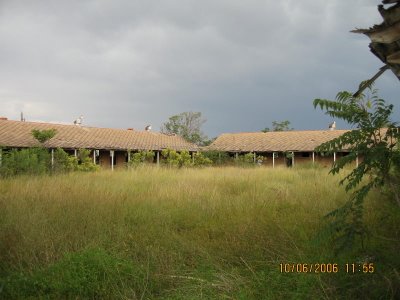Though in disrepair, many of the original adobe buildings are still clearly identifiable as officer quarters, barracks, and a hospital. Camp Naco played an instrumental role in the Mexican Expedition when General John "Blackjack" Pershing led 10,000 soldiers, including then-Lt. George Patton, into Mexico in retaliation for Pacho Villa's raids into the United States.
The Camp is visible reminder of a time when the military relied on the horse cavalry. While troops came from all over the United States, of particular interest is the presence of the 10th Cavalry, known as the Buffalo Soldiers, at a time when the races were still segregated. Concern for border security during and after WWI kept the Camp in operation until 1923.
The historical importance of Camp Naco continued into the Great Depression when the Civilian Conservation Corps (CCC) occupied the adobe compound and upgraded the facilities. That portions of the Camp were converted to residential housing enabled the buildings to avoid demolition. Vacant since 1990, Camp Naco is now at a crossroads. It will either be preserved as a vital link to a dramatic era which still reverberates throughout North America. Or it will be bulldozed and forgotten. It will either aid us in understanding the roots of the current border situation, or its rich history and great legacy will be buried and forever lost.
skip to main |
skip to sidebar


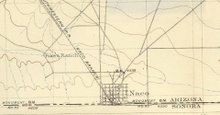
Naco, Arizona Topographical Map 1902
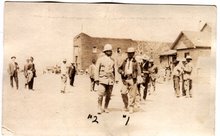
Gen. Obregon and Harry Overlock, US Customs





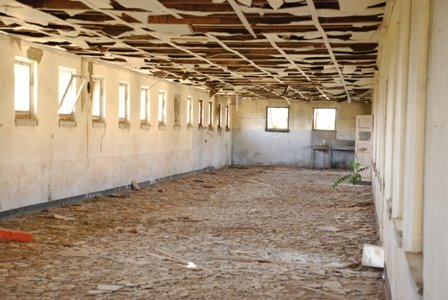
Camp Naco is the best preserved of nearly a dozen abandoned military compounds established along the US-Mexico border during the Mexican Revolution of 1910-1920.
Time Magazine 1924-1929 various issues
Huachuca Illustrated, vol 1, 1993:
Archaeology Southwest Highlights: Archaeology of the Borderlands ... -
Blog Archive
-
►
2013
(2)
- ► 06/02 - 06/09 (2)
-
►
2010
(1)
- ► 04/04 - 04/11 (1)
-
►
2008
(2)
- ► 07/06 - 07/13 (2)
-
►
2007
(6)
- ► 12/16 - 12/23 (1)
- ► 10/14 - 10/21 (2)
- ► 05/20 - 05/27 (1)
- ► 05/13 - 05/20 (1)
- ► 04/15 - 04/22 (1)


Naco, Arizona Topographical Map 1902

Naco, Arizona Topographical Map 1902
General Obregon, Naco, Az 1912

Gen. Obregon and Harry Overlock, US Customs






